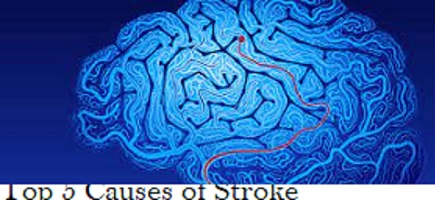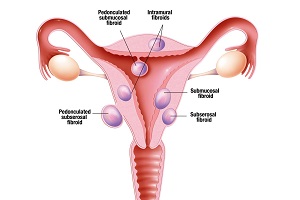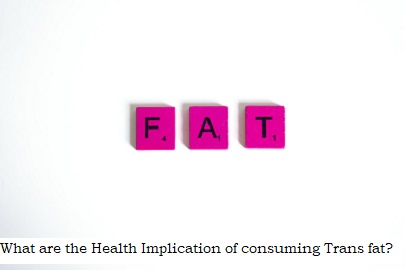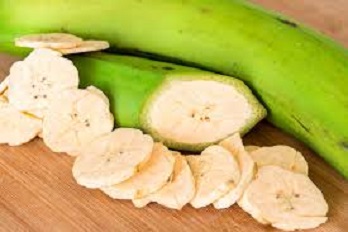Top 5 causes of Stroke
When a portion of the brain loses its blood supply and stops functioning, a stroke occurs. Brain cells begin to die within minutes if the blood’s oxygen supply is cut off. As a result, the portion of the body that the injured brain controls stops functioning.
Types of Stroke
There are two main types of Stroke
-
Ischemic stroke
It occurs when fatty deposits in arteries fragment and travel to the brain or when poor blood flow from an irregular heartbeat causes a blood clot, a blood vessel that supplies blood to the brain becomes blocked.
-
Hemorrhagic stroke
Although less frequent than an ischemic stroke, it can be more serious. This occurs when a blood vessel in the brain swells up and bursts, or one that is weak leaks.
Some individuals experience transient ischemic attacks (TIA). There is a brief blockage to blame for this “mini stroke.”
Causes of Stroke
-
High blood pressure
It is the primary contributor to strokes.
-
Overweight
Overweight may increase your risk of having a stroke. By exercising daily, you can reduce your chances of getting a stroke.
-
Heart Diseases
Atrial fibrillation, or an irregular heartbeat, which accounts for a quarter of all strokes among the very elderly, as well as faulty heart valves are all part of this condition.
-
Diabetes
Blood vessel damage from diabetes increases your risk of having a stroke.
-
Smoking Tobacco
Your risk of having a stroke increases if you smoke or chew it. Nicotine increases blood pressure. Your main neck artery develops an accumulation of fatty tissue as a result of smoking. Your blood becomes thicker and is more likely to clot as a result. Even passive smoking has an impact on you.






